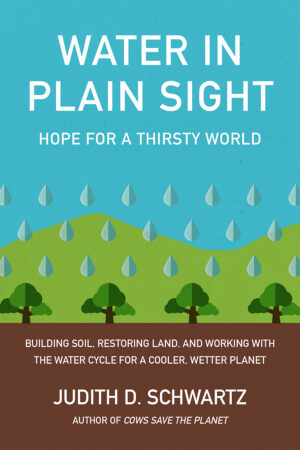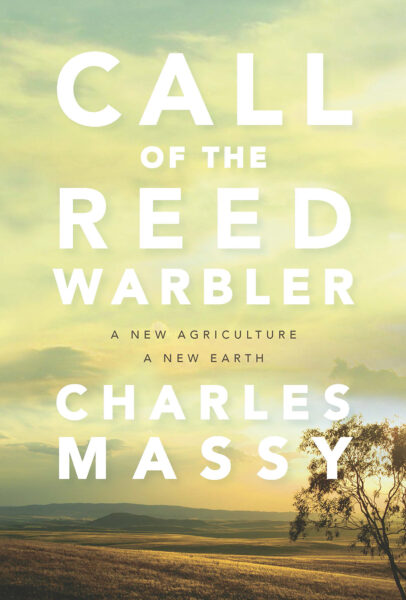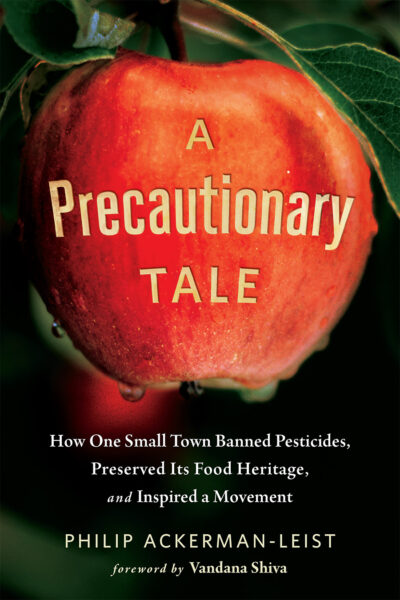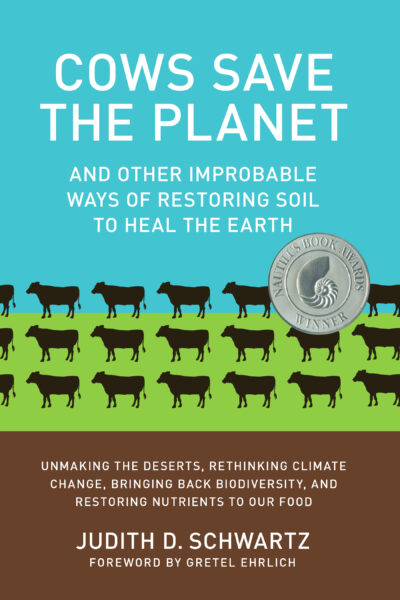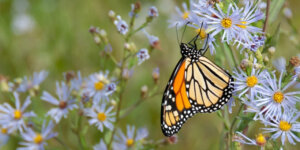Hope for a Thirsty World
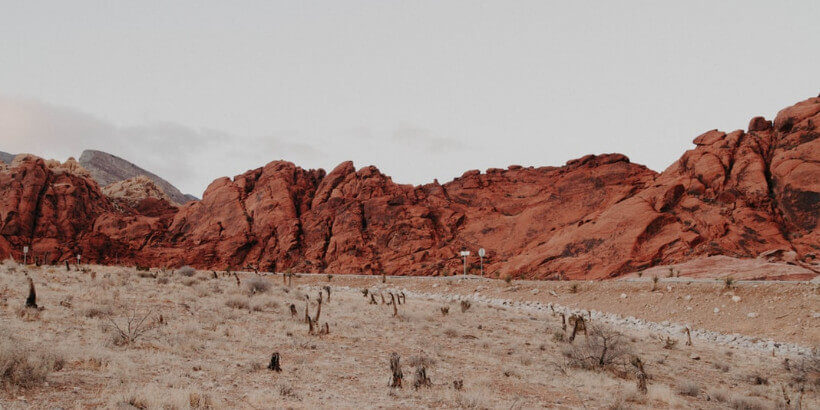
Judith D. Schwartz is a journalist whose recent work looks at soil as a hub for multiple environmental, economic, and social challenges and solutions. She writes on this theme for numerous publications and speaks at venues around the world. Her 2013 book Cows Save the Planet was awarded a Nautilus Book Award Silver Prize for Sustainability and was among Booklist’s Top 10 Books on Sustainability in 2014. A graduate of the Columbia Journalism School and Brown University, she lives in Vermont.
The following is an excerpt from Water in Plain Sight by Judith Schwartz. It has been adapted for the web.
Prefer Audio?
Listen to the following excerpt from the audiobook for Water in Plain Sight by Judith Schwartz.
Chihuahua, Mexico’s largest state is big ranching country. The Chihuahuan Desert region, which includes parts of Arizona, New Mexico, and Texas as well as the northern Mexico states of Chihuahua and Coahuila, is where many of the cowboy traditions we associate with “the West” originated. “It was the ideal place to raise cattle,” says rancher Alejandro Carrillo, “thanks to a sea of native grasslands and plenty of water from year-round springs.”
I came to Chihuahua to see the birds. Upon seeing my book Cows Save the Planet a few months prior, Carrillo had contacted me and told me that he and fellow ranchers who practice holistic planned grazing were working with bird conservation organizations to protect endangered migratory grassland bird populations. Several species of grassland birds, including certain song sparrows and the lark bunting, the state bird of Colorado, have seen tremendous drops in numbers—in some cases upward of 80 percent.
For a long time conservationists concerned about these birds had concentrated on the summer breeding habitat in the Western Great Plains.
They’ve since come to realize that the deterioration of winter habitat, where the birds spend seven months of the year, could represent the largest threat to their survival.
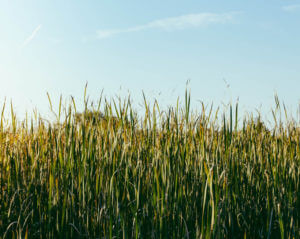 This habitat centers on the Chihuahuan Desert Grasslands, specifically the central valley—Valle Centrales—where Carrillo and his colleagues Jesus Almeida, Octavio Bermudez, and Elco Blanco Madrid work and ranch.
This habitat centers on the Chihuahuan Desert Grasslands, specifically the central valley—Valle Centrales—where Carrillo and his colleagues Jesus Almeida, Octavio Bermudez, and Elco Blanco Madrid work and ranch.
The good news, says Carrillo, is that they know how to grow grass, and therefore create bird habitat, through holistic planned grazing. At Las Damas Ranch “we used to have just two species, tobosa and zacaton,” he says, referring to native perennial grasses that can survive through droughts and overgrazing. “Now we have multiple grasses, some taller than myself. People didn’t think it was possible to have these grasses in the desert.” The result of the renewed growth of diverse grasses is that the ranch is “a magnet for birds. You can see migratory, predator, nonpredator birds. In much of the state, in February and March there’s no grass at all.”
That this small group of ranches constitutes oases of bird habitat attracted the attention of conservation groups working to protect threatened bird populations. The conservation groups are now collaborating with five ranchers, with the possibility of more, to monitor bird numbers and expand the amount of land with favorable bird habitat. Ideally, they’re seeking to create a biological corridor that will offer protection for desert grassland birds so that their populations can rebound.
Andrew Rothman, director of the Migratory Bird Program at the American Bird Conservancy, has visited Las Damas Ranch several times. “It was pretty evident right away that the amount of grasses there was superior to pretty much any land we’d seen in the Chihuahuan Desert,” he told me. “That land was different, with plenty of vegetation and forage for cattle. What’s good forage for cattle is good habitat for birds.”
Rothman’s field observations in Chihuahua challenged some of his earlier assumptions about wildlife conservation. “Our perception of conservation is often [to] set the land aside and not do anything,” he said. “But many of our habitats are disturbed.” In North American grasslands, for instance, there would be occasional, limited lightning-kindled fires or trampling from passing bison herds. “Cattle re-create some of those disturbances,” he said. “This can help regenerate the landscape when properly managed.”
Recommended Reads
Recent Articles
For too long, bugs have had a negative connotation associated with them. But what if we took the time to observe the benefits of insects? It’s time to rebug our gardens, lawns, and parks! The following is an excerpt from Rebugging the Planet by Vicki Hird. It has been adapted for the web. Adding Bugs:…
Read MoreAsparagus is a delicious vegetable with a layered history. How did this aspiring spear make its way from growing in the wild to appearing on our plates? The following is an excerpt from the The Seed Detective by Adam Alexander. It has been adapted for the web. “Nature gives us the key to every secret…
Read MoreChances are, you’ve seen cattails growing on the edge of your local lake or stream at least once or twice. Instead of just passing these plants, try foraging for and cooking them to create delicious seasonal dishes! The following excerpt is from The New Wildcrafted Cuisine by Pascal Baudar. It has been adapted for the…
Read MoreGarlic mustard: while known as “invasive,” this plant can be consumed in its entirety and has great nutritional value. Plus, the garlic-flavor is a perfect addition to any recipe that calls for mustard! The following are excerpts from Beyond the War on Invasive Species by Tao Orion and The Wild Wisdom of Weeds by Katrina…
Read MorePeregrine falcons, while known as predators, are essential to our environment. These stunning birds have a rich history, an interesting present, and an uncertain future. The following is an excerpt from Feather Trails by Sophie A. H. Osborn. It has been adapted for the web. Who Are Peregrine Falcons? Though relatively uncommon wherever it occurs,…
Read More

